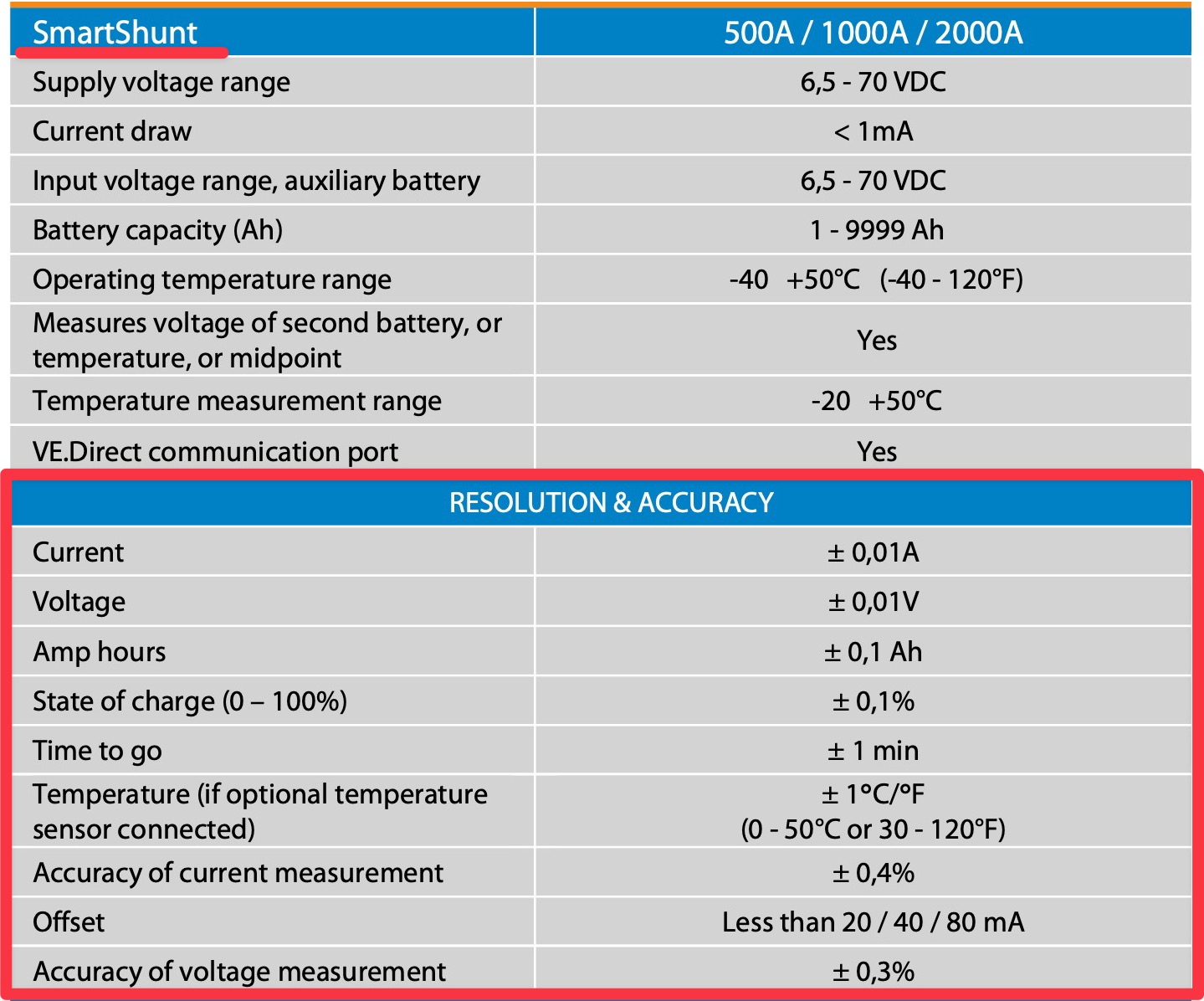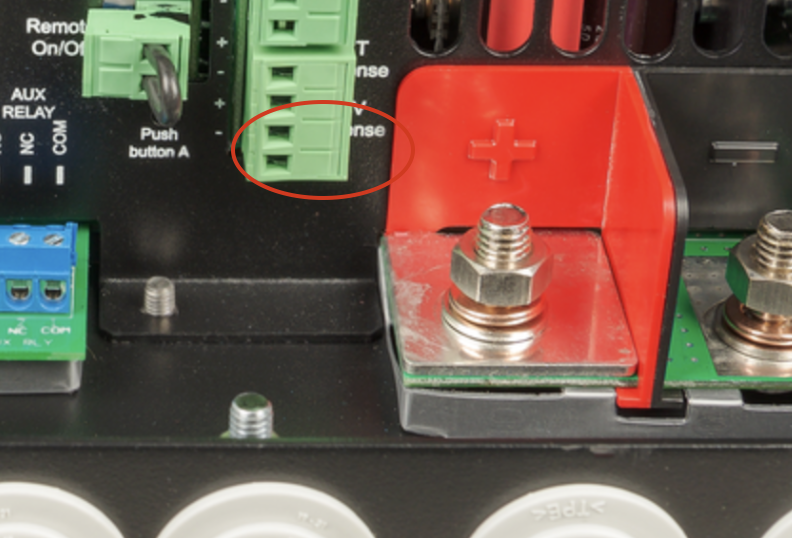Disclaimer:
It seems questions often arise on this forum about the Voltage accuracy of Victron units and variances between voltages measured vs what's displayed on the app.
SINCE there is zero information about the accuracy of the Voltage meters in Victron products, it makes sense that some questions be answered on this community page, which is there to help Victron users!
Elvis, Kevgermany - You didn't like my replies to you and those who commented on my previous question, before you got offended and blocked my account - Maybe go back and read the "so called assistance" that was provided and understand I'm not some completely useless person "like you all suggested" and as a result I gave blunt responses in return showing my appreciation for the RUDE/little assistance and belittlement I received for you.
I fielt my replies were warranted, considering the attitude and belittlement I got from a number of you. All because I don't have access to a "very expensive" FLUKE DMM!
• My questions of how to confirm accuracy of a DMM, fell on deaf ears.
• My questions of the products number/model number of the voltage meters in Victron products, so I could answer the above question, fell on deaf ears.
• My question about how you can all guarantee the accuracy of Victron voltage meters when you all told me that unless a DMM is calibrated every year its not guarantee accurate, so I clearly asked how and why the Victron units can/are still considered accurate when they aren't calibrated every year? This fell on deaf ears.
• How can Victron products be guaranteed to have accurate Voltage if they're not regularly calibrated?
• Exactly what accuracy percentage does a Digital Multimeter need to have to be considered accurate enought to perform testing?
^^^These are SIMPLE QUESTIONS that will help MANY future Victron users and save them from having to create posts/questions when it's already been answered (the whole point of this community according to community guidelines)...
Let's watch you delete my account again for trying a second time to ask BASIC questions all because you assume I'll abuse you - The difference is that if you actually provide clear answers and don't provide VAGUE information, or try to waste my time asking for irrelevant information and/or imply I'm useless, then my replies will be respectful.
If you waste my time again, be rude or vague you will get blunt/rude replies in return - Not sure why you're surprised by this.
* I've been told I'm blunt due to my Autism, but that won't change the sour people who have been offended at my responses to them after they wasted my time, or implied I am useless (which in itself) is very insulting to me!
^^^ You offended me and/or wasted my time first before I gave it in return...


